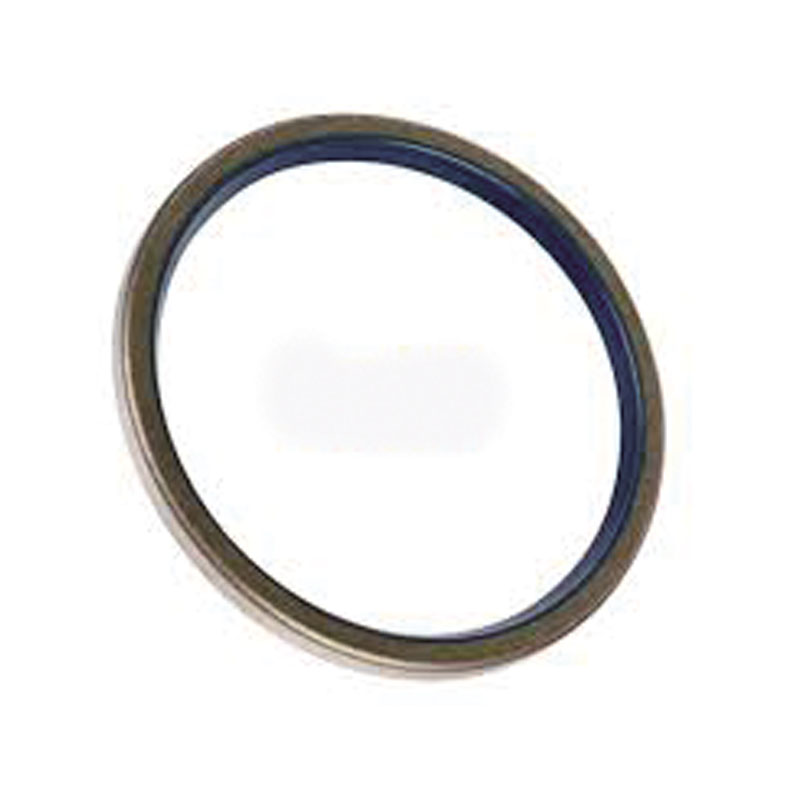Selecting the Right O-Ring for Your Car AC Compressor Replacement
Understanding the Importance of O-Rings in Car AC Compressors
When it comes to automotive air conditioning systems, one of the essential components is the AC compressor. This crucial part is responsible for compressing the refrigerant and ensuring that the vehicle's interior remains cool and comfortable, especially in hot weather. However, the efficiency and reliability of the AC compressor heavily rely on several smaller components, one of which is the O-ring. Understanding the role of the O-ring in car AC compressors can help car owners appreciate its significance and recognize the importance of regular maintenance.
What is an O-Ring?
An O-ring is a simple yet vital mechanical seal that plays a crucial role in preventing leaks. It is typically made from materials like rubber or silicone, which can withstand varying temperature ranges and exposure to refrigerants. The O-ring is designed in the shape of a doughnut and fits into a groove, allowing it to create a tight seal between two parts. In the context of an AC compressor, O-rings are found at various points of connection, especially where hoses and pipes meet the compressor assembly.
The Role of O-Rings in Car AC Compressors
1. Sealing Functionality The primary role of an O-ring in an AC compressor is to prevent refrigerant leaks. Leaks can lead to a drop in pressure within the system, severely affecting the AC's cooling performance. If the refrigerant escapes, the system won’t be able to circulate effectively, resulting in warm air blowing from the vents.
2. System Integrity O-rings help maintain the integrity of the AC system. By ensuring all connections are securely sealed, they prevent contaminants like dirt and moisture from entering the system. Contaminants can cause corrosion and damage to the compressor and other components, leading to expensive repairs.
3. Pressure Management An effective O-ring allows the AC compressor to maintain the necessary pressure for optimal operation. When the O-ring is functioning correctly, it ensures that the refrigerant stays pressurized, which is critical for the compressor to work efficiently.
car ac compressor o ring

Signs of O-Ring Failure
As with any automotive component, O-rings can wear out over time due to age, exposure to heat, and environmental factors. Here are some common signs that indicate O-ring failure
- Refrigerant Leaks If you notice oily spots around the AC compressor or on the hoses, it may indicate a refrigerant leak, often caused by a faulty O-ring. - Reduced Cooling Performance If your vehicle’s air conditioning is not blowing cool air as it once did, there could be a leak in the system, possibly due to a compromised O-ring. - Unusual Noises Sounds such as hissing or bubbling may indicate that the refrigerant is escaping, suggesting an issue with the sealing capability of the O-ring.
Maintenance and Replacement
Maintaining the integrity of your AC system, including the O-rings, is crucial for optimal performance. Regular checks during routine maintenance can identify potential issues before they become significant problems. If you suspect that an O-ring has failed, it is advisable to seek professional assistance to diagnose and replace the worn-out part promptly.
Replacing O-rings is usually a straightforward process and can significantly improve the performance of your AC system. When replacing O-rings, always ensure that you use the correct size and material compatible with the refrigerant being used in your vehicle.
Conclusion
In summary, the O-ring may seem like a small part of the overall car AC system, but its role is vitally important. By understanding the significance of O-rings in AC compressors, vehicle owners can take better care of their automotive air conditioning systems, ensuring comfort during hot weather and prolonging the life of their vehicles’ AC components. Regular maintenance and prompt replacement of failed O-rings can save car owners from costly repairs and ensure efficient cooling for years to come.
-
The Ultimate Guide to Car Repair Kits: Tools and Essentials Every Driver Should Own
News Aug.01,2025
-
The Complete Guide to Oil Pan Gaskets: Sealing Engine Leaks the Right Way
News Aug.01,2025
-
Preventing Oil Leaks: A Complete Guide to Oil Pan Gaskets and Drain Seals
News Aug.01,2025
-
Everything You Need to Know About Oil Pan Gaskets and Drain Plug Seals
News Aug.01,2025
-
Essential for Car Owners: How to Use a Car Repair Kit to Deal with Minor Breakdown
News Aug.01,2025
-
Comprehensive Guide to Engine Oil Sump Gaskets and Related Seals
News Aug.01,2025
-
The Ultimate Guide to Boat Propeller Bearings and Trailer Wheel Bearings
News Jul.31,2025
Products categories















